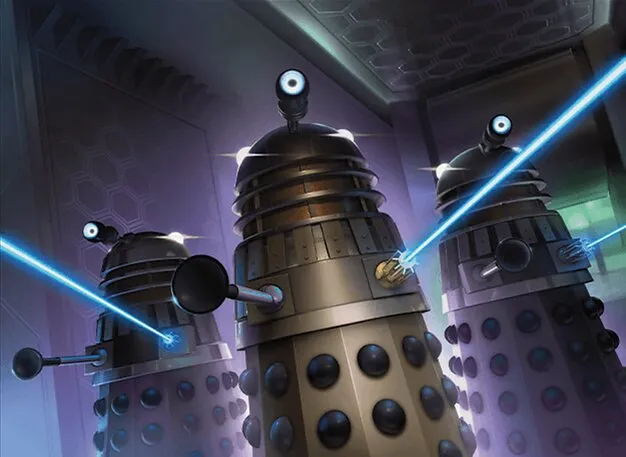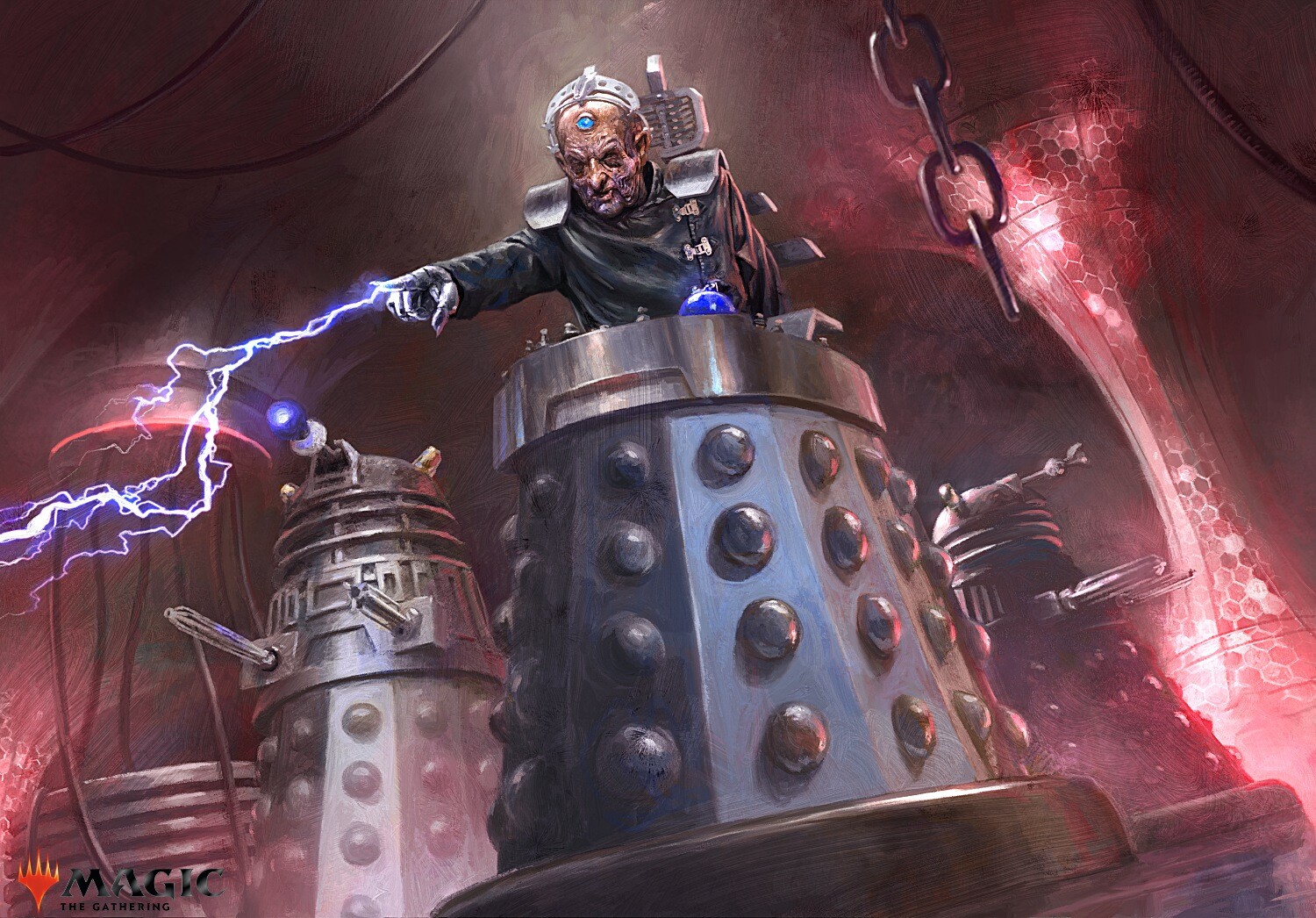Welcome back to The Epic Experiment!
I usually delve into the world of Commander, but I am more involved with Magic than just playing Commander. I am a teacher at middle school where I run a Magic: The Gathering club.
One of the questions people ask me is how do I teach new players? This is an important question because Magic: The Gathering is a very challenging game to pick up because of the complexity of play (not to mention the cost that can be incurred). I wanted to lay out my approach in the hopes that it may help steer players out there who are seeking to help new players, and to spark a little conversation around the topic in the community so that we can all learn and grow. Let’s have a look at what I have done.
New Beginnings
As mentioned previously, I usually run a MTG club at my middle school but I have to admit, the last time I was able to host my club I was less than thrilled with my results. Unfortunately, due to me being out of school for a year on account of COVID, I have not had the chance to run my club.
However, I have still had the privilege of teaching new players how to play. I have two young sons who wanted to take part in daddy’s hobby. The experience of teaching my children to play has really helped give me some perspective about what new players may experience as they enter the game.
With both my sons, the basic building blocks of the game are essential. Teach them how to read the Mana Value of the card. What is power and toughness? How to attack/block etc? All of those elements are important. We walked through it pretty slowly because my sons were so young.
When they thought they were ready for their very first game, I gave each boy a stack of cards that were very simple. Vanilla creatures, ever-green abilities, instants and sorceries that were easy to follow. I had a similarly constructed deck, but neither of us had any land in our deck. Our land was set off to the side and on each of our turns we could either elect to draw a land, or to draw a card off the top of our library. This practice removed the variance of getting mana flooded or mana screwed and was important in terms of helping to make the game fun.
Early Games
I started with my eldest son. He was keen to play and wanted to play with me, and so we set up our stacks and our land off the side. Each turn, when we entered into our “draw” phase, we could elect to either draw a land from the land pile, or to draw a card off our deck. This ensured that, if you needed a land, you always had access to it.
I was all about ensuring that he enjoyed his games, and admittedly he often won. The way I had built our piles, my deck was reactive while he had the creatures with evasion and cards that were more difficult to interact with. Slowly but surely, we built his confidence up and he was having fun.
The next evolution of my son’s development was where we built a scaled back deck that had the mana base shuffled into the deck. Now he was playing Magic properly with a 60 card deck, a mana base that was in his deck, and no more than 4 of any one card.
Unfortunately, this didn’t work as well as we would have liked. My son couldn’t understand why his five colour pile couldn’t beat daddy any longer. I tried to explain the inconsistency of only playing basics lands and how each new colour stretched his mana, but by his logic that meant he needed to add MORE cards and yet more land. Eventually, I had to stop him because each new loss brought along more tears. I needed a better solution and was wracking my brain.
A New Strategy
It dawned on me when my son asked me, “Daddy, why do all of your decks have those funny looking cards?” What he was asking about was my Commander decks. Suddenly, it dawned on me how to help steer him in the right direction. The easiest way to walk back the number of colours he was playing was to have him take up a form of singleton format where his colours were dictated by a Commander. It was also very useful because it meant that he had access to a key piece of his deck, the commander, at almost all stages of the game meaning he could feel like he wasn’t going to lose a key piece of his deck to removal.
Brawl was the most expedient and straightforward way to get him up and playing. We immediately set about brewing up Brawl decks using commanders from Dominaria, namely Adeliz, the Cinder Wind and Tatyova, Benthic Druid. It proved to be a terrific teaching tool and one of the best methods I have encountered to help put new players in a lane and let them follow the lane to a logical conclusion.
Paying It Forward
Fast forward a few years – my eldest son is almost eight and his younger brother of almost six are now both keen to play. As I sit here tonight writing, my basement is littered with cards from their decks.
What struck me so greatly in watching them play is that they no longer need dad in order to make in game decisions. As we play, we periodically stop and talk about a certain choice that was made, but I try not to influence their decisions. Yes, there were plenty of mistakes, do-overs, and takesy-backsies. But they are able to make in-game decisions such as threat assessment, in game card sequencing, and combat with complex blocking and damage without daddy’s input. I was shocked as it dawned on that my two young boys could actually play the game, mostly on their own.
As if their game play wasn’t enough, they have started being interested in brewing decks, but don’t always have the requisite rare and mythics to brew exciting decks in paper. Fortunately, I have an MTG Arena account and between the two boys we have built a dozen different brawl decks. Many of those decks are far from perfect, but the two boys have developed a pretty good grasp of the strategy each commander offers. They are now finding pockets of synergy that I have missed.
Final Thoughts
Having taught my two young sons to play by employing small steps and using Brawl as a stepping stone has done wonders to assist them with building their skills. It will still be a few years before I am prepared to take them with me to an LGS to play, where the stakes are higher. However, the lessons learned here will prove invaluable in terms of me continuing to help them as they grow, but also when I return to leading my Magic: The Gathering club at my middle school. Let us hope that I help to foster a whole host of new players who are the future for this great game. Only time will tell.
Thanks everyone, if you want to hear more about my thoughts on teaching new players or any other Commander related topic. Please check out our weekly podcast on iTunes, Google Podcast, Spotify, Amazon, and anywhere else you find your podcasts. Just look for the name The Epic Experiment Podcast! We’d love to have you join us!
Get all your board game news from The Bag of Loot! www.thebagofloot.com
Get all your Magic needs from Three Kings Loot! www.threekingsloot.com




